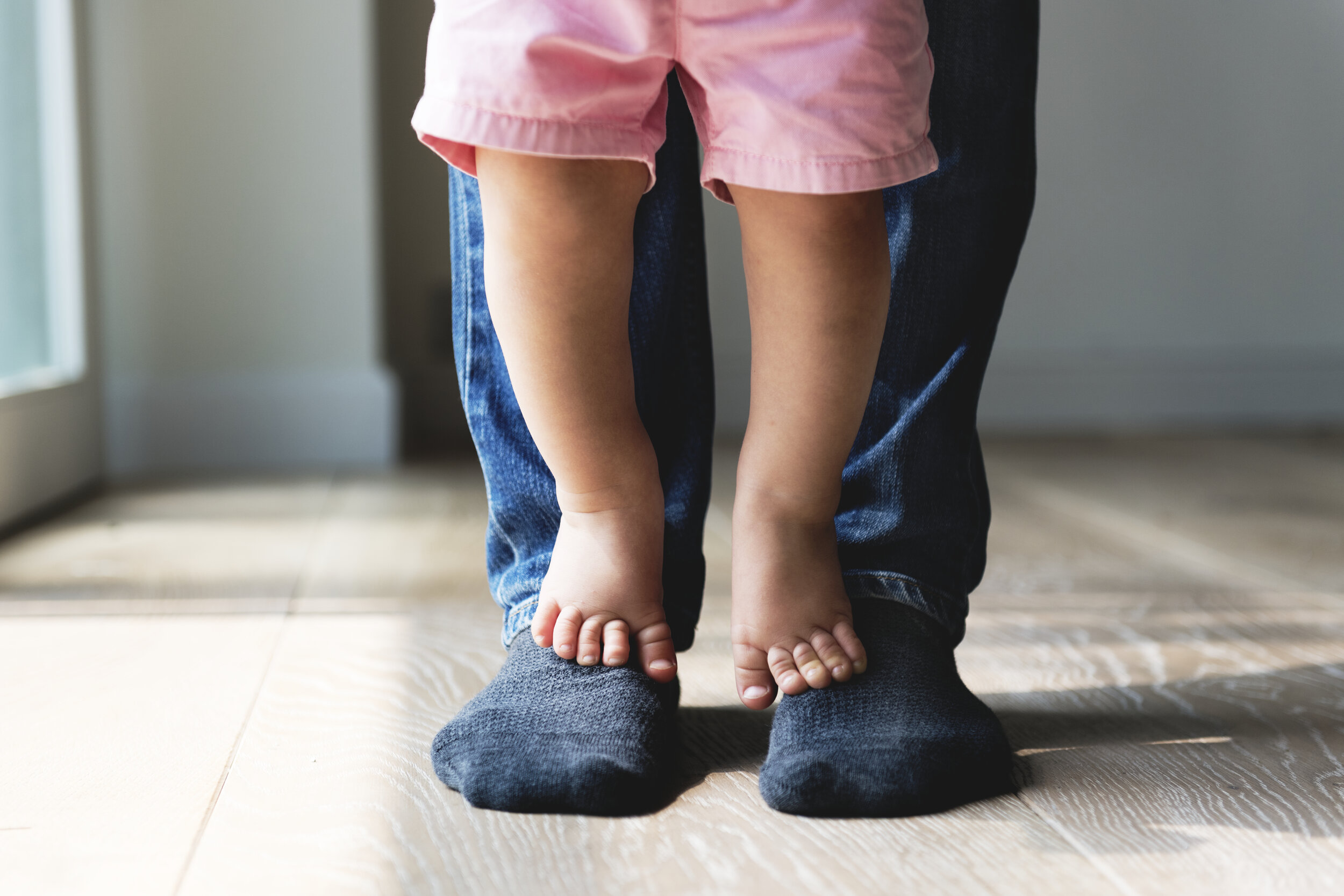Swaddling your newborn is a common practice that may provide comfort to your infant. It is important to remember that care must be taken to ensure healthy hip development.
Your baby’s legs should be able to bend up and out at the hips. They should not be tightly wrapped straight down and pressed together.
This position places the hip joints in a vulnerable positioning and may lead to damage of the soft cartilage of the socket.
If you choose to use a sleepsack specifically designed for swaddling, please ensure it has a loose pouch/sack for your baby’s legs and feet.










